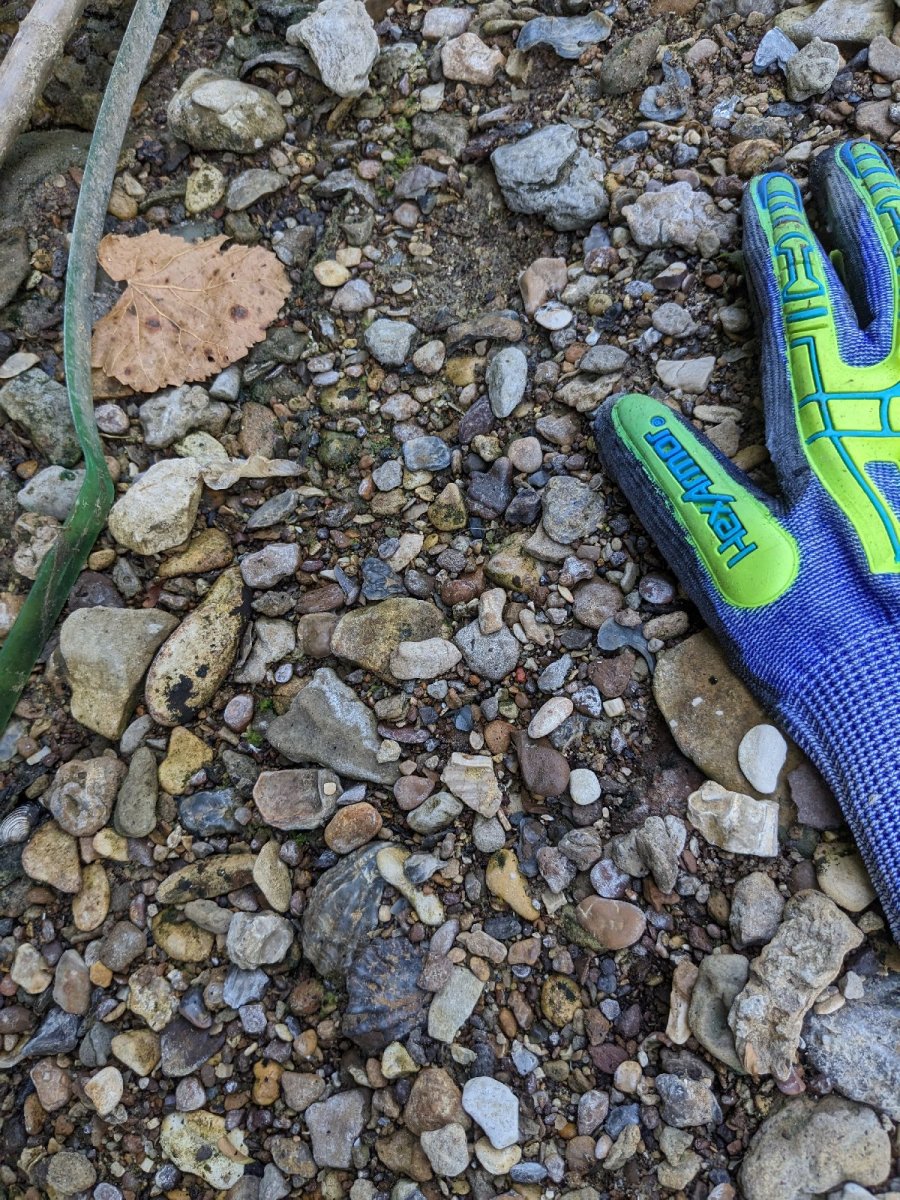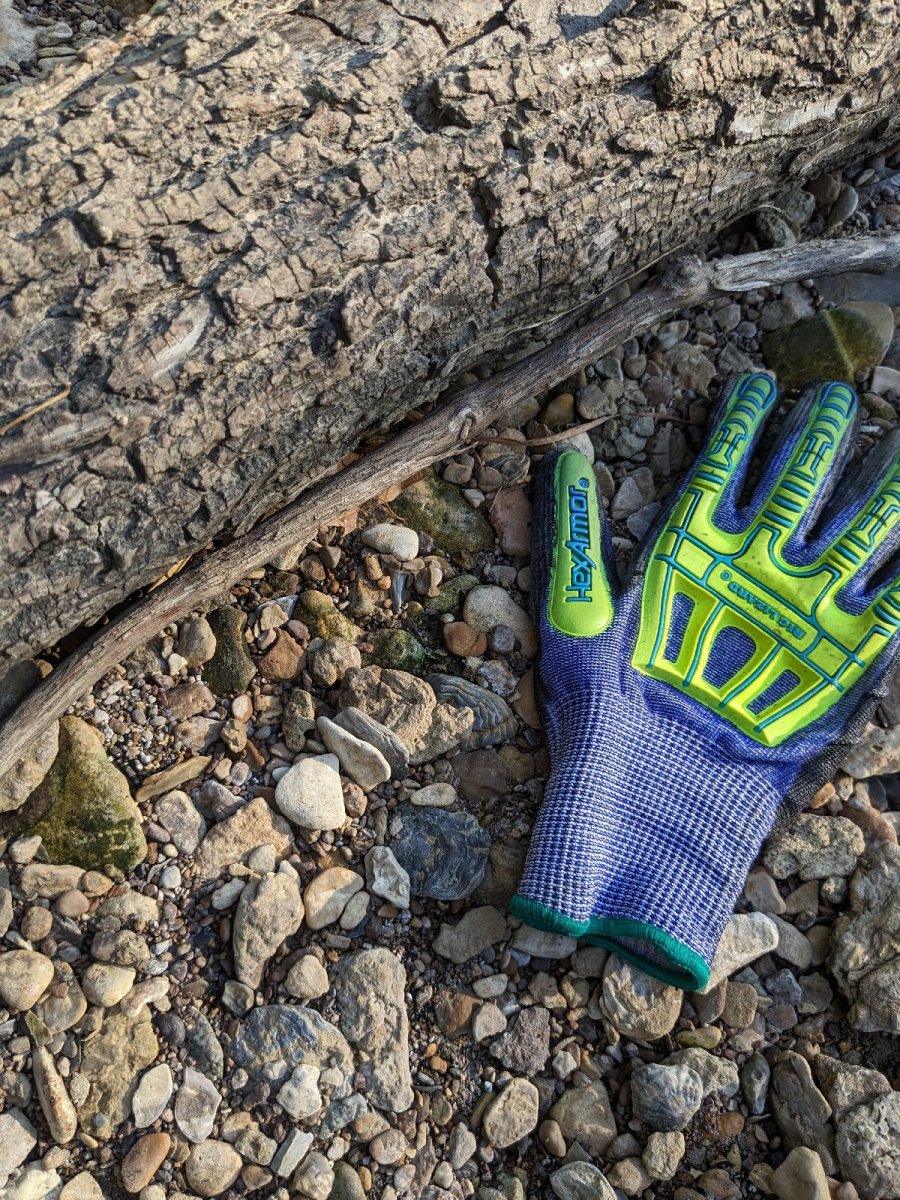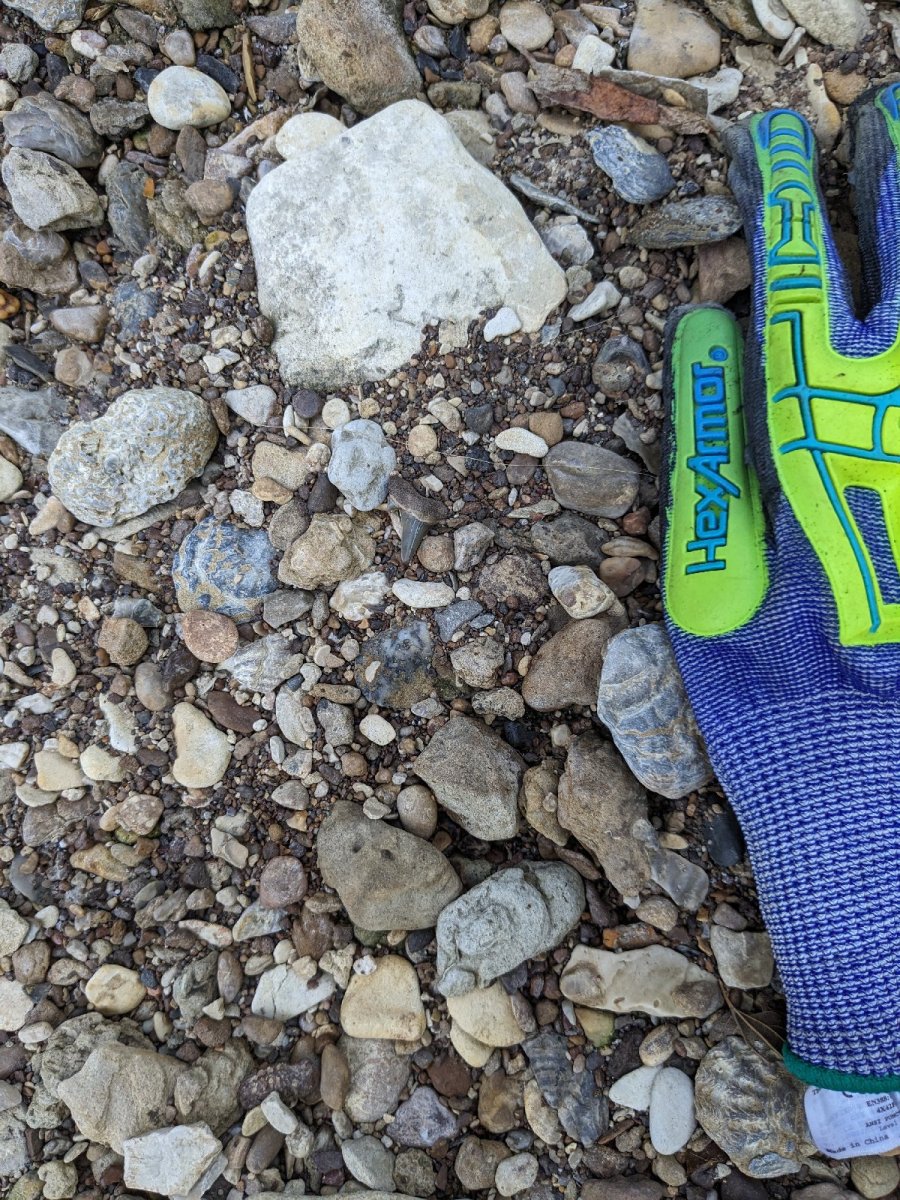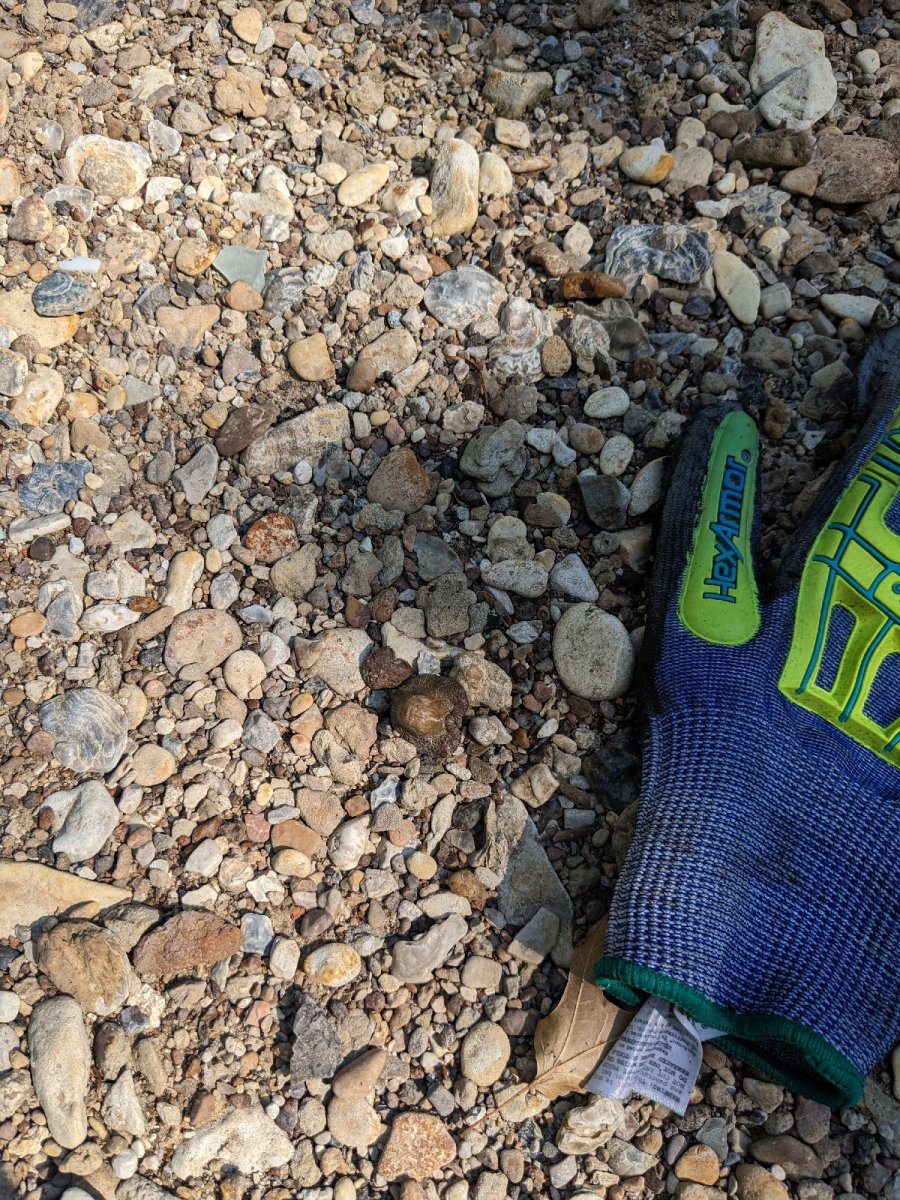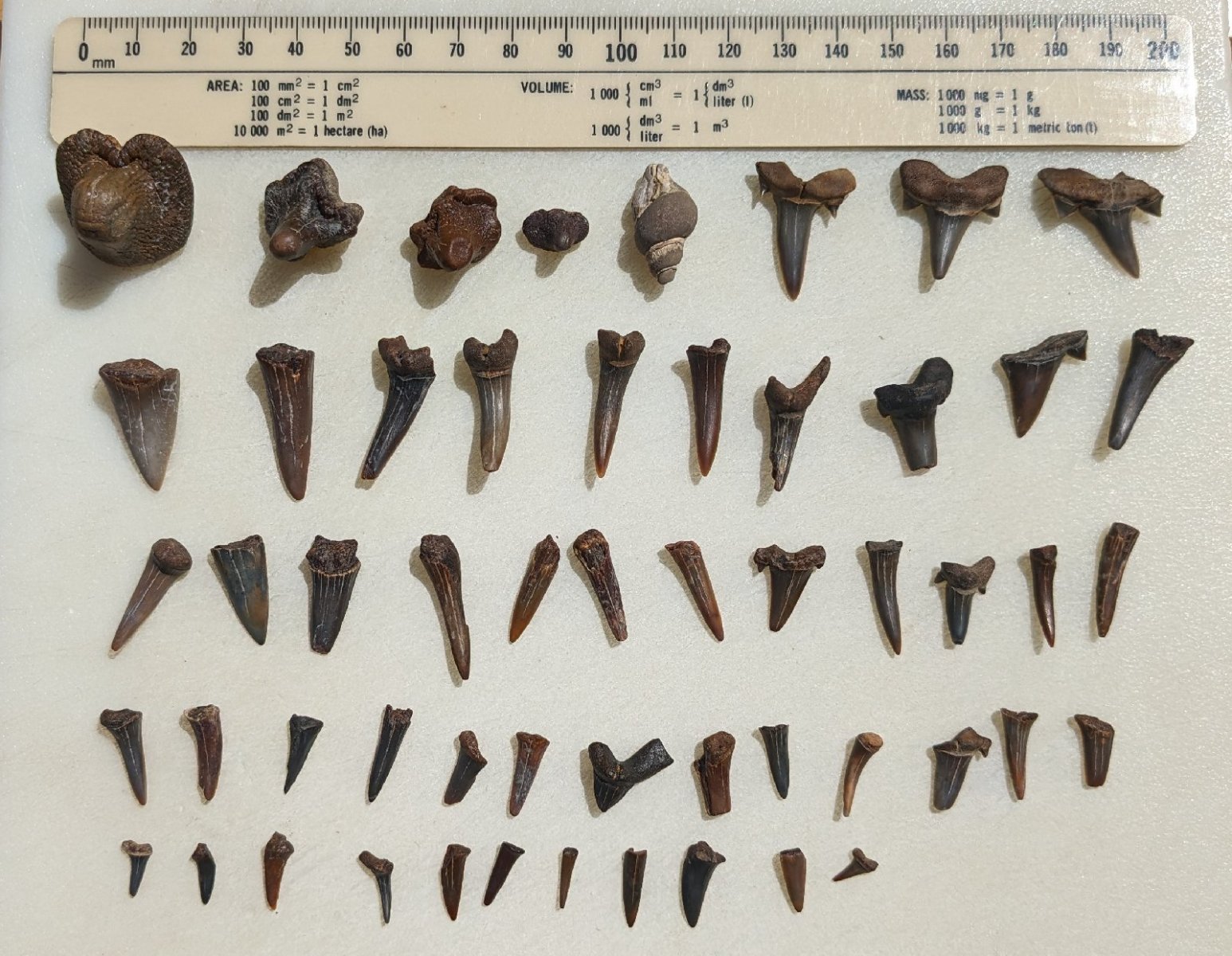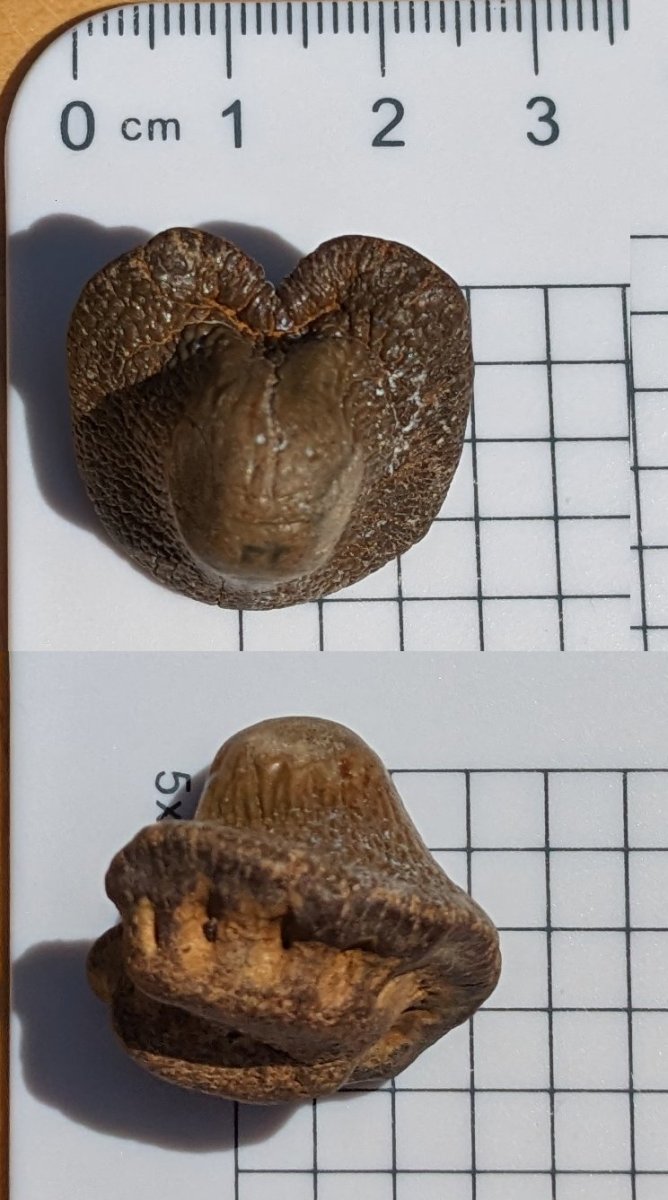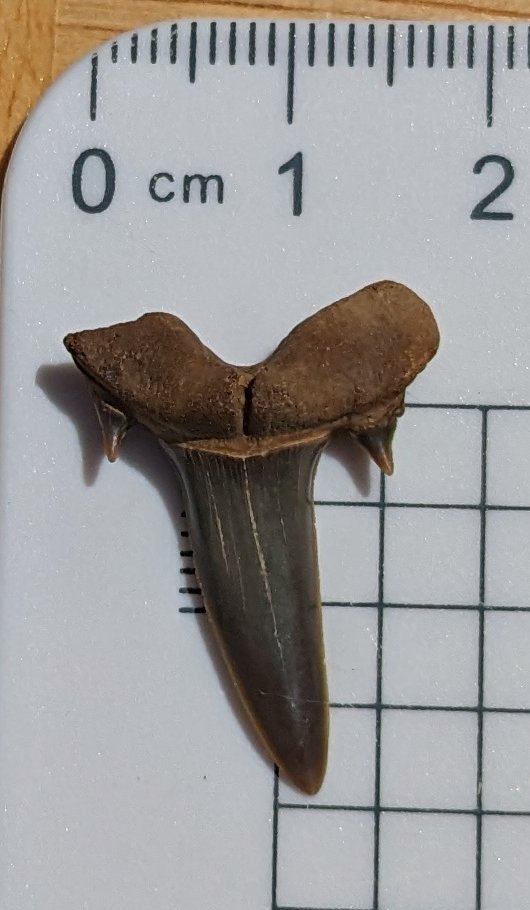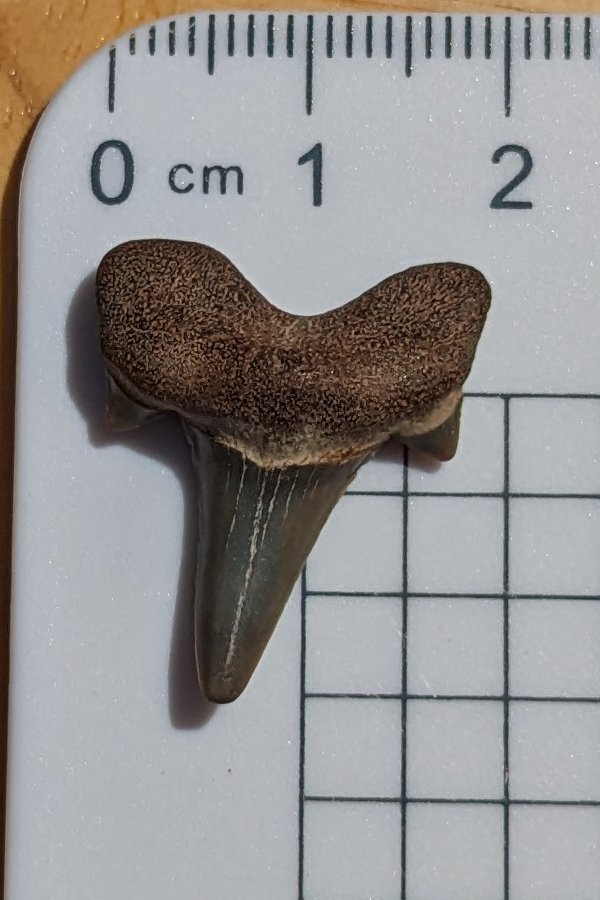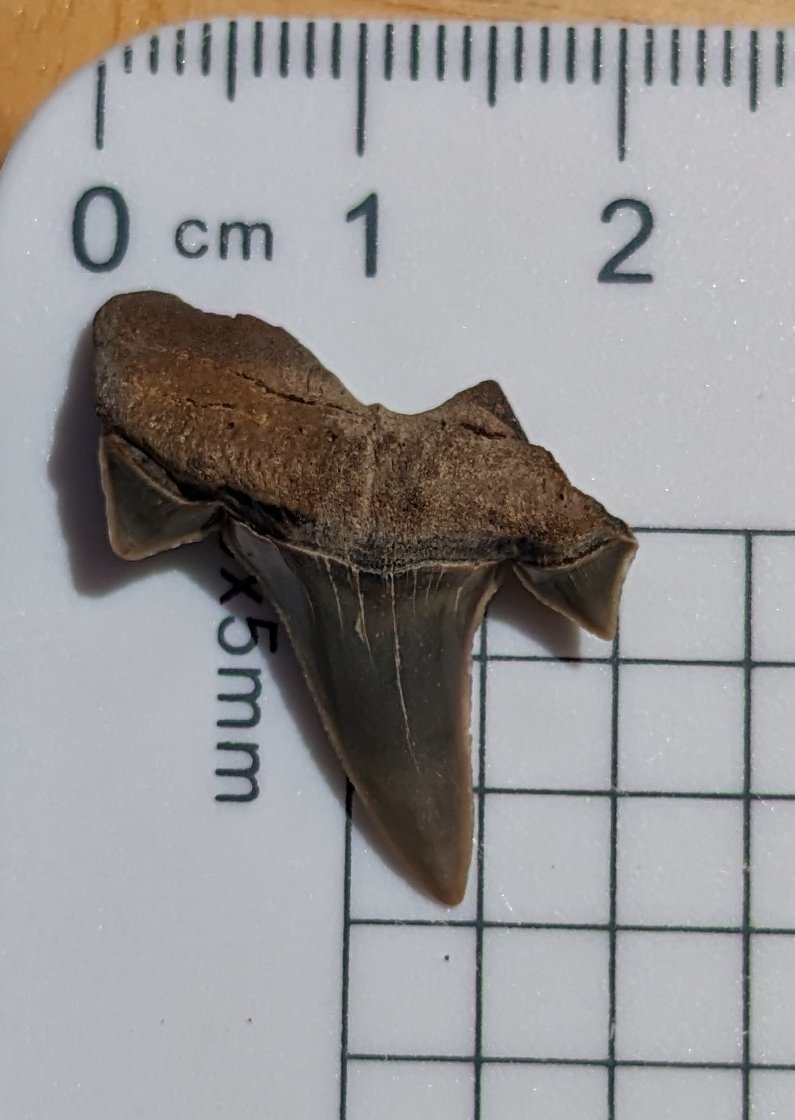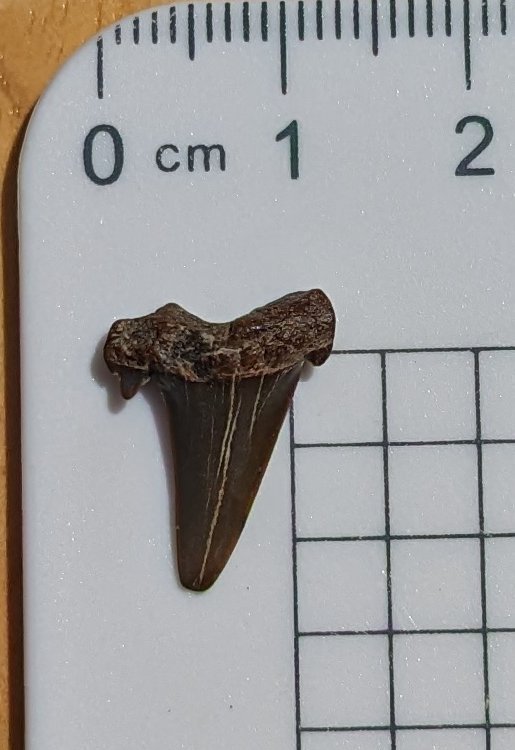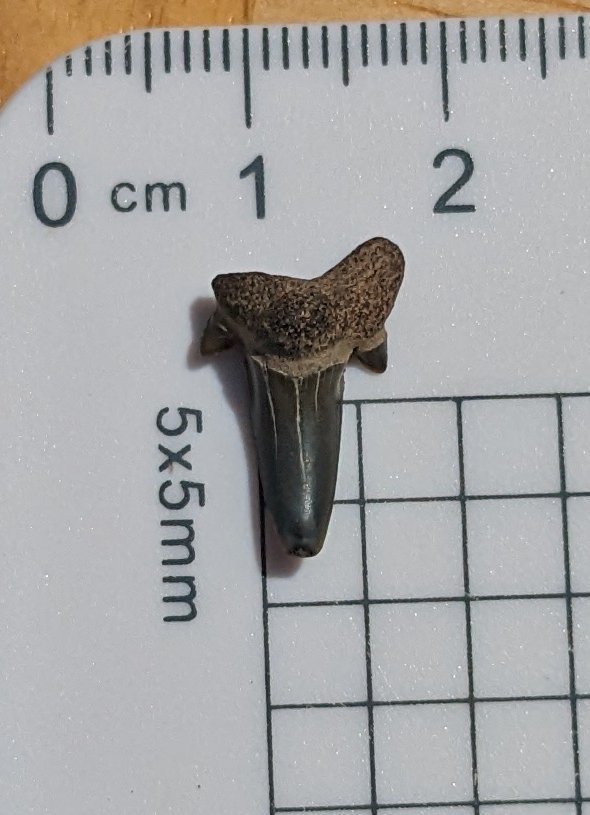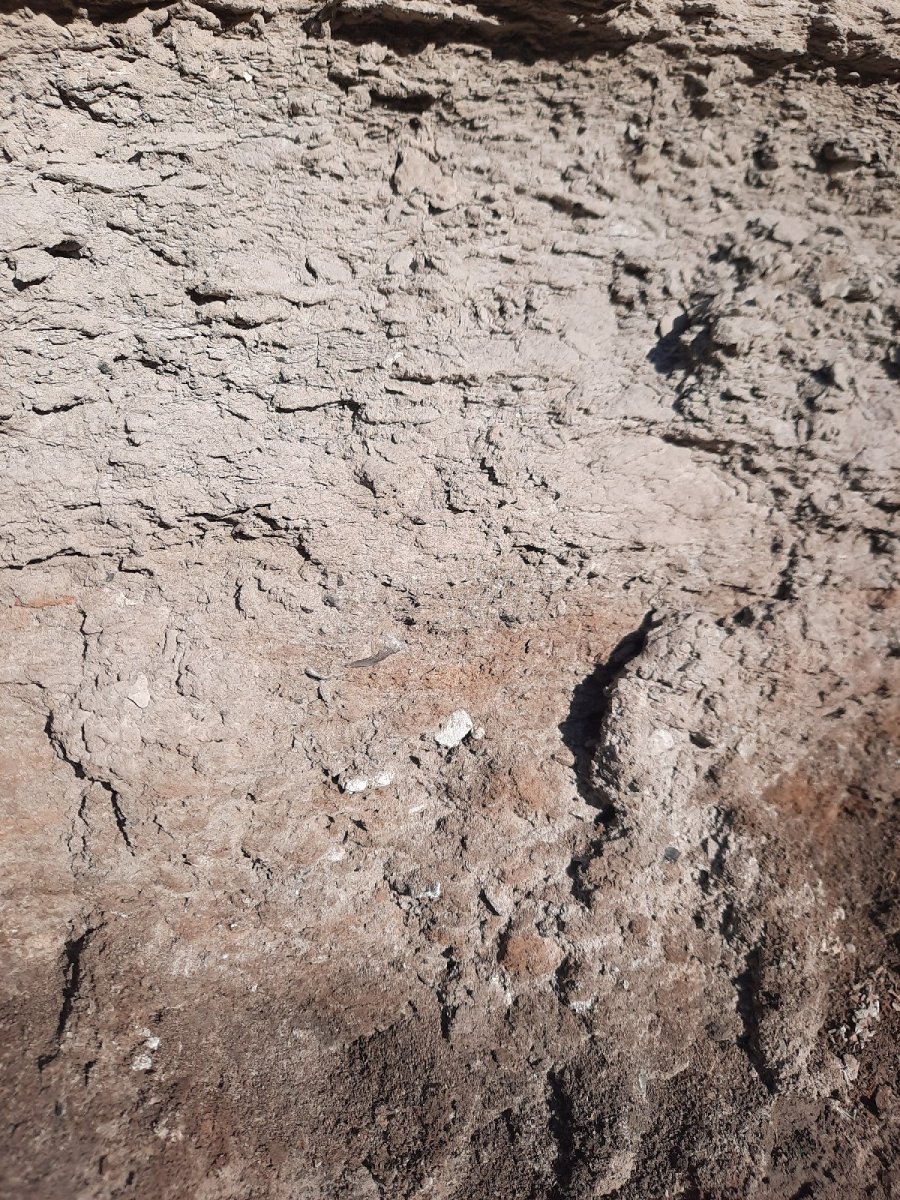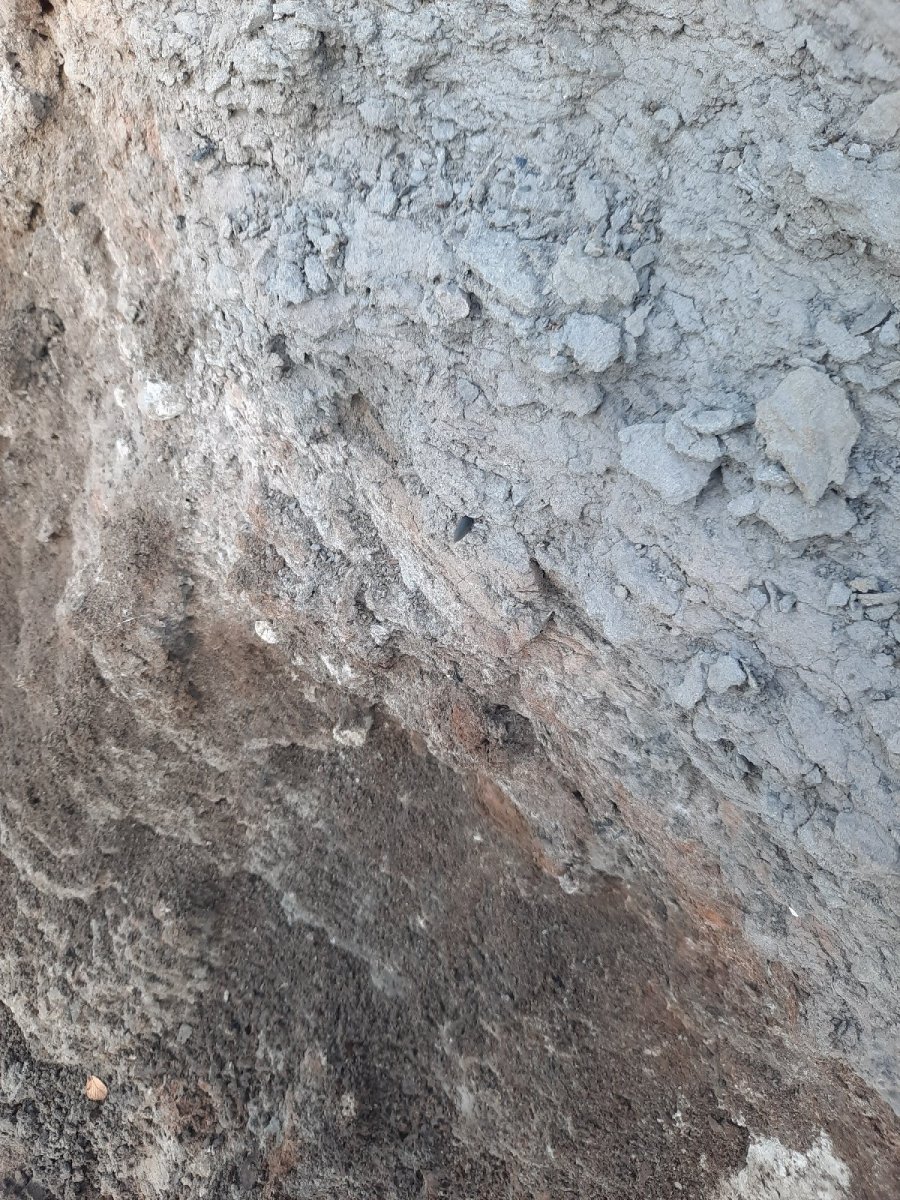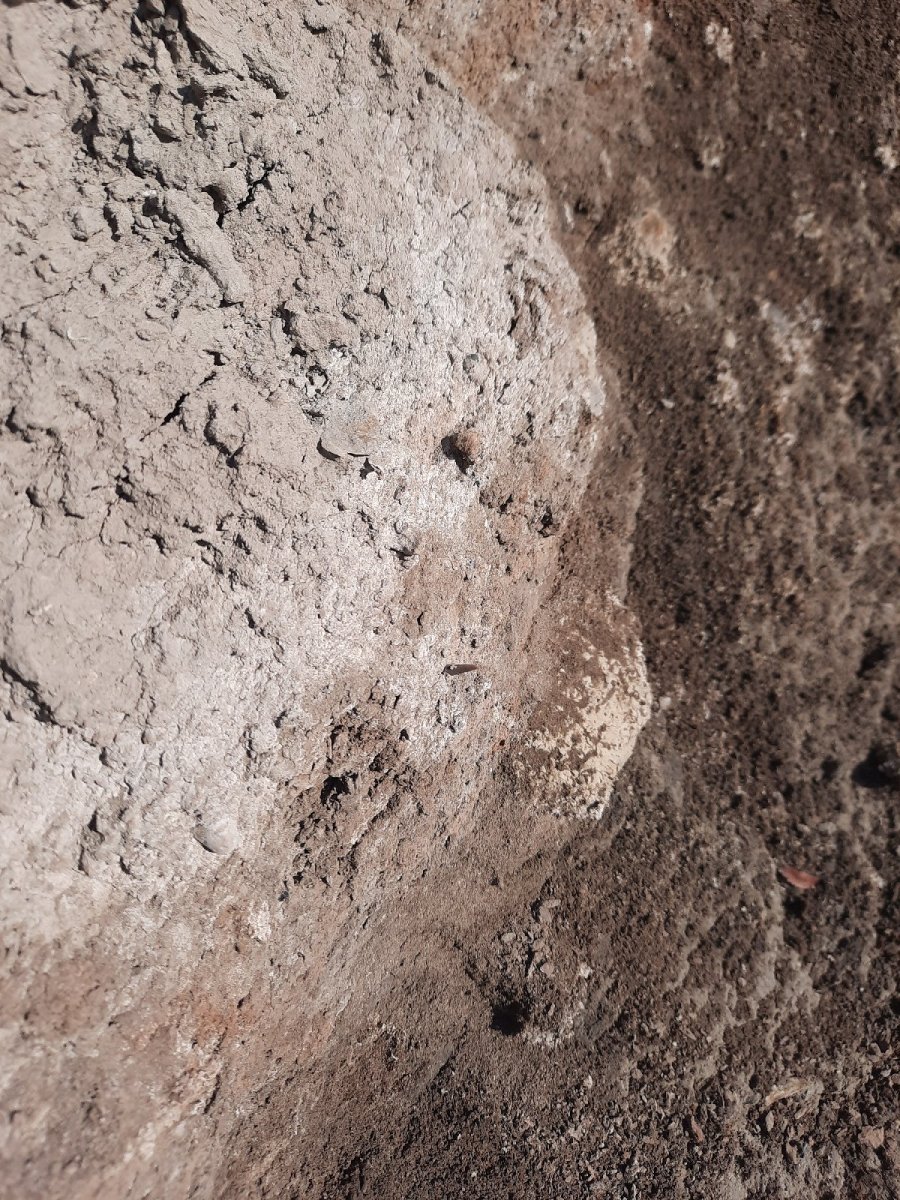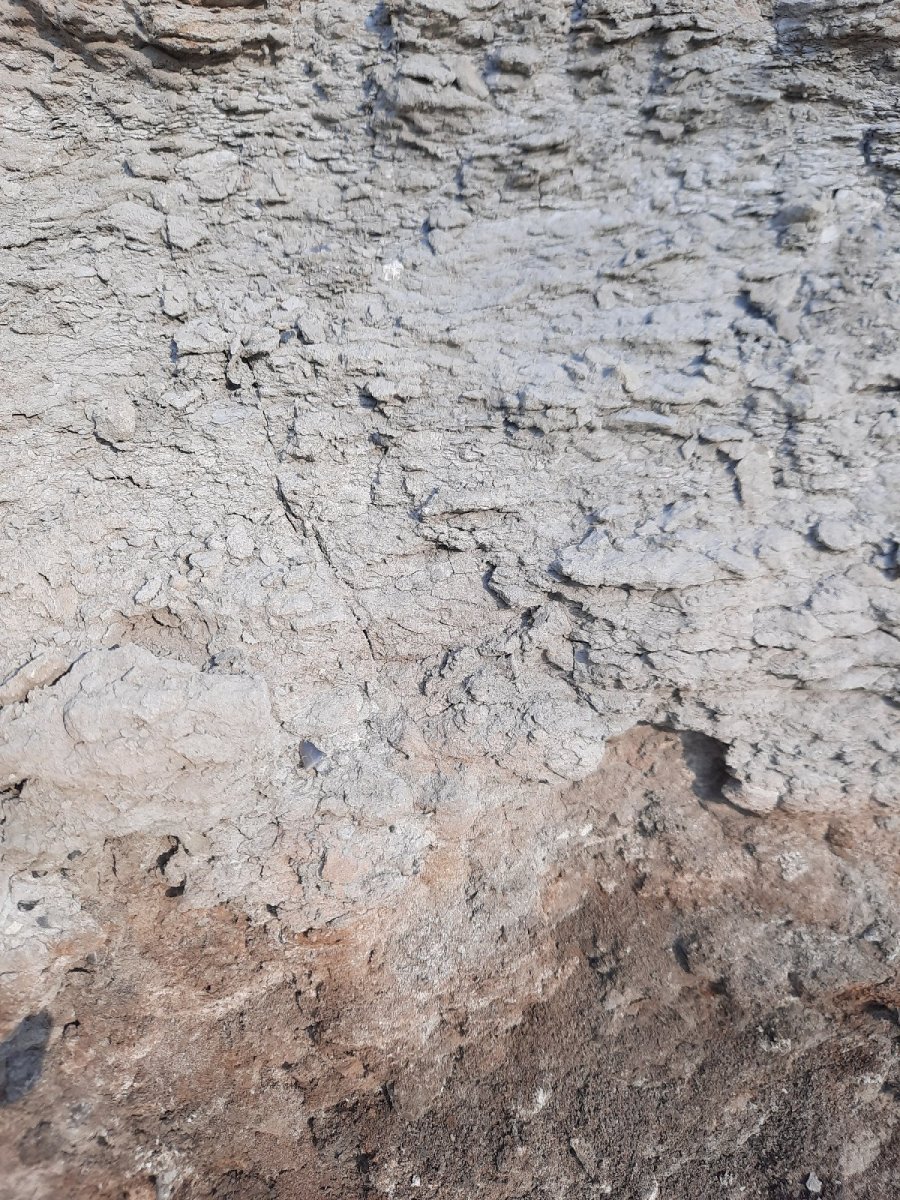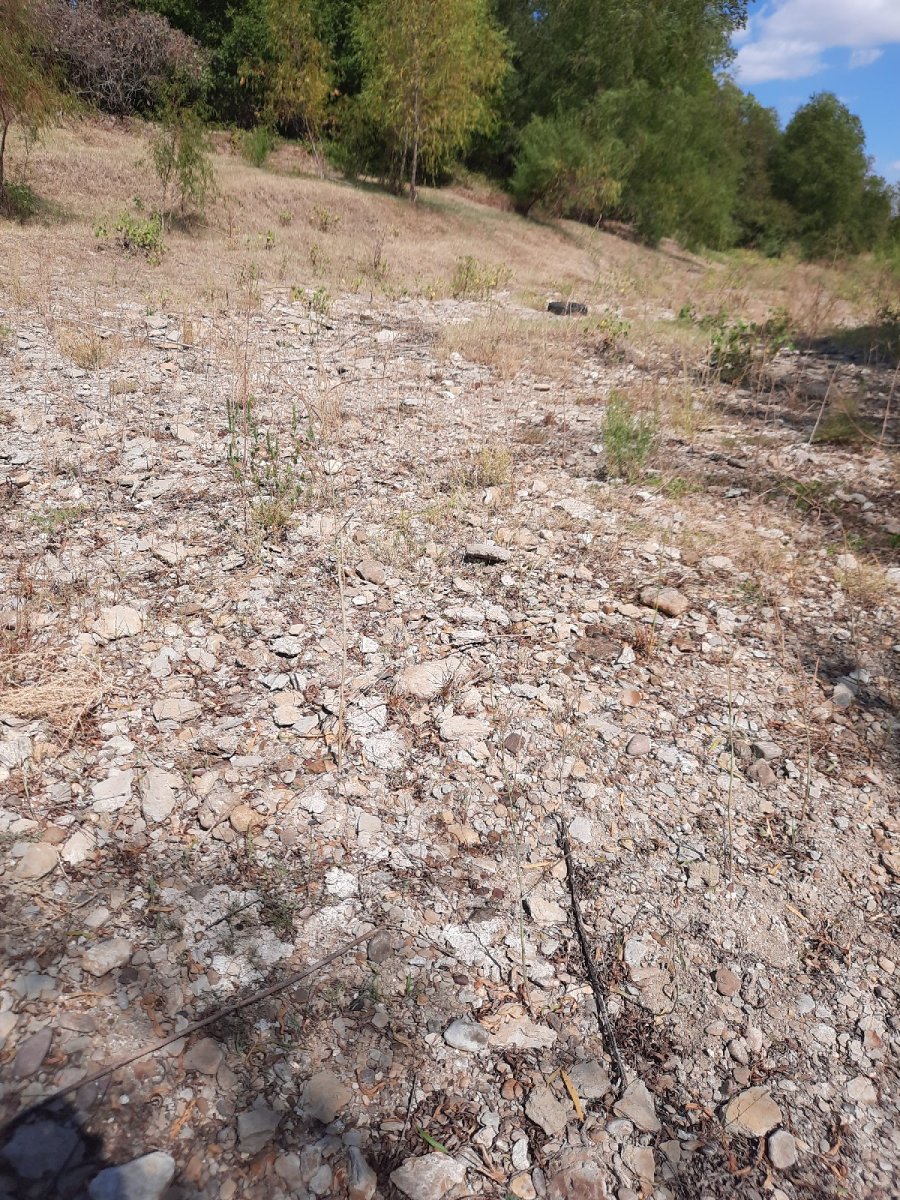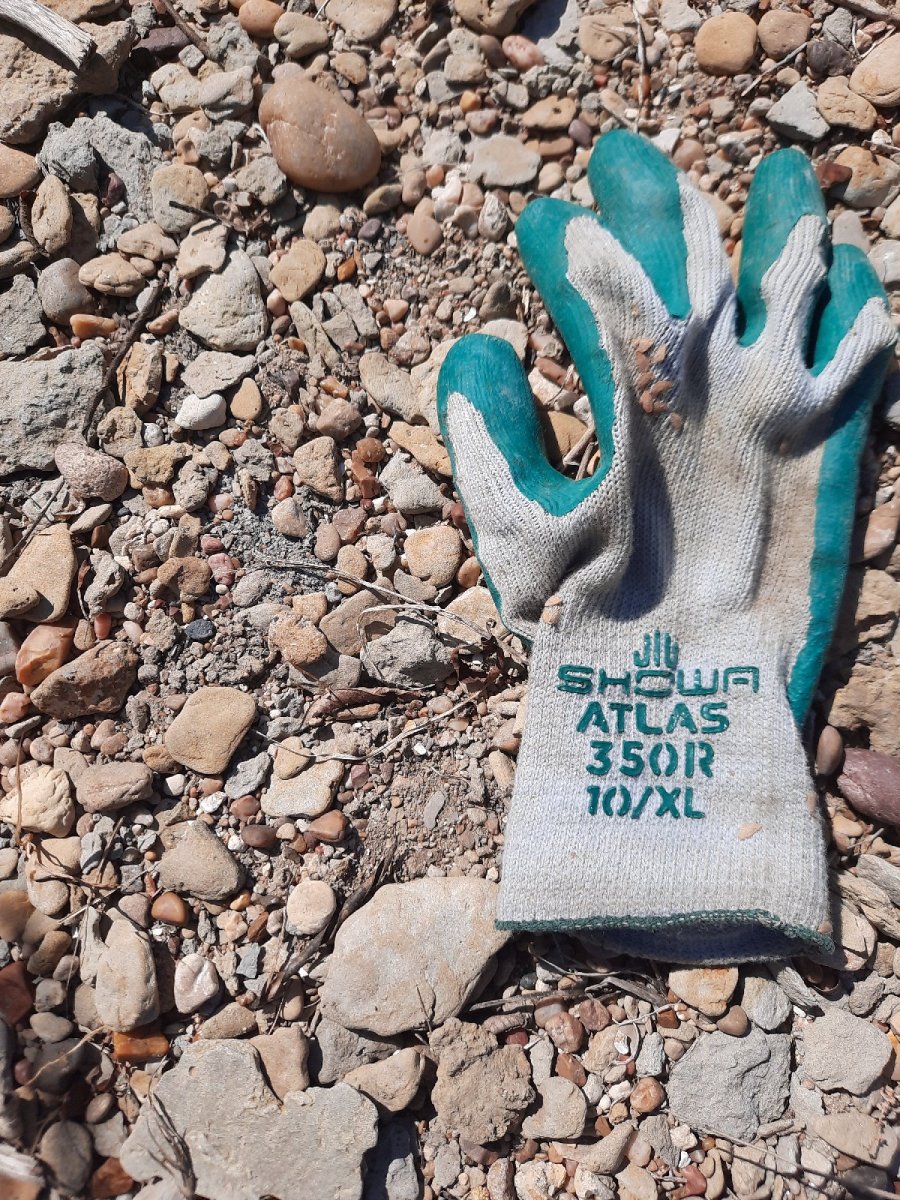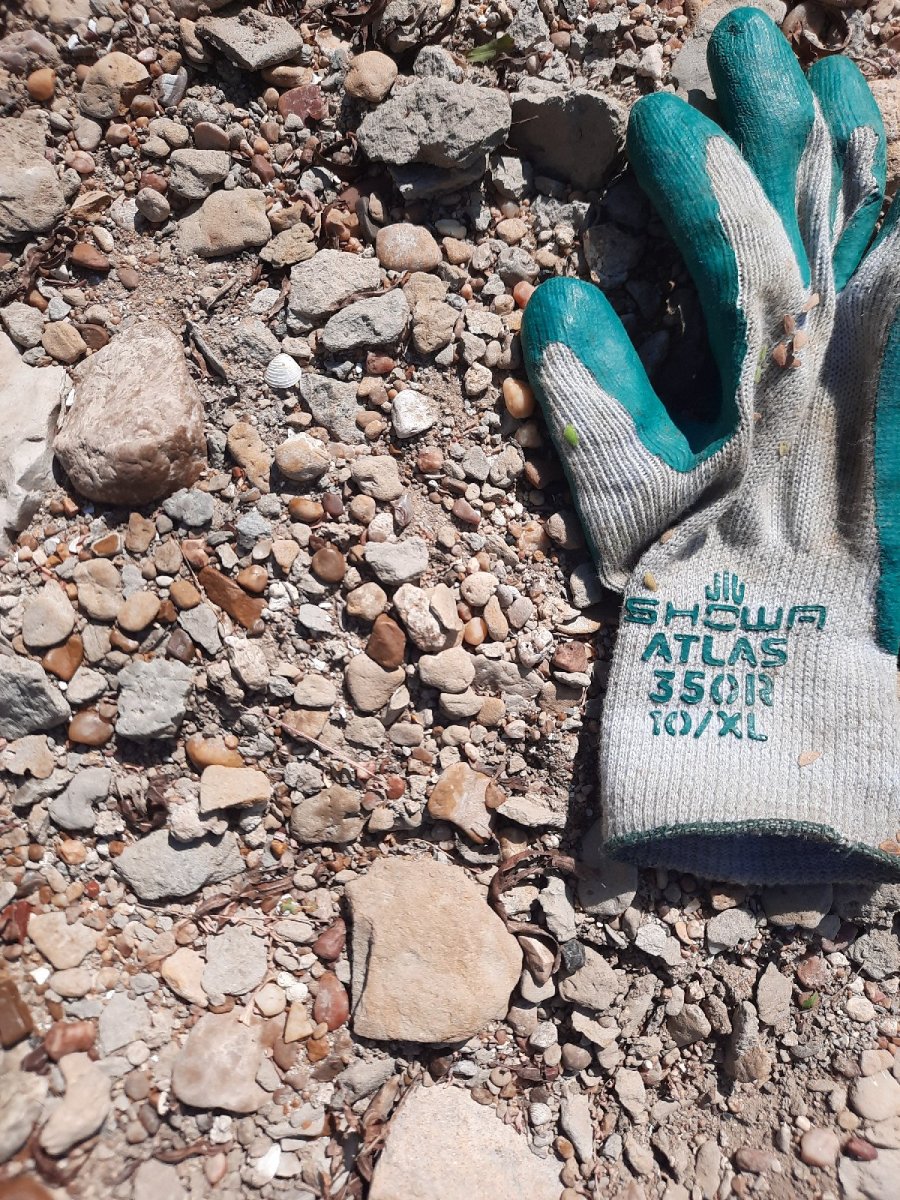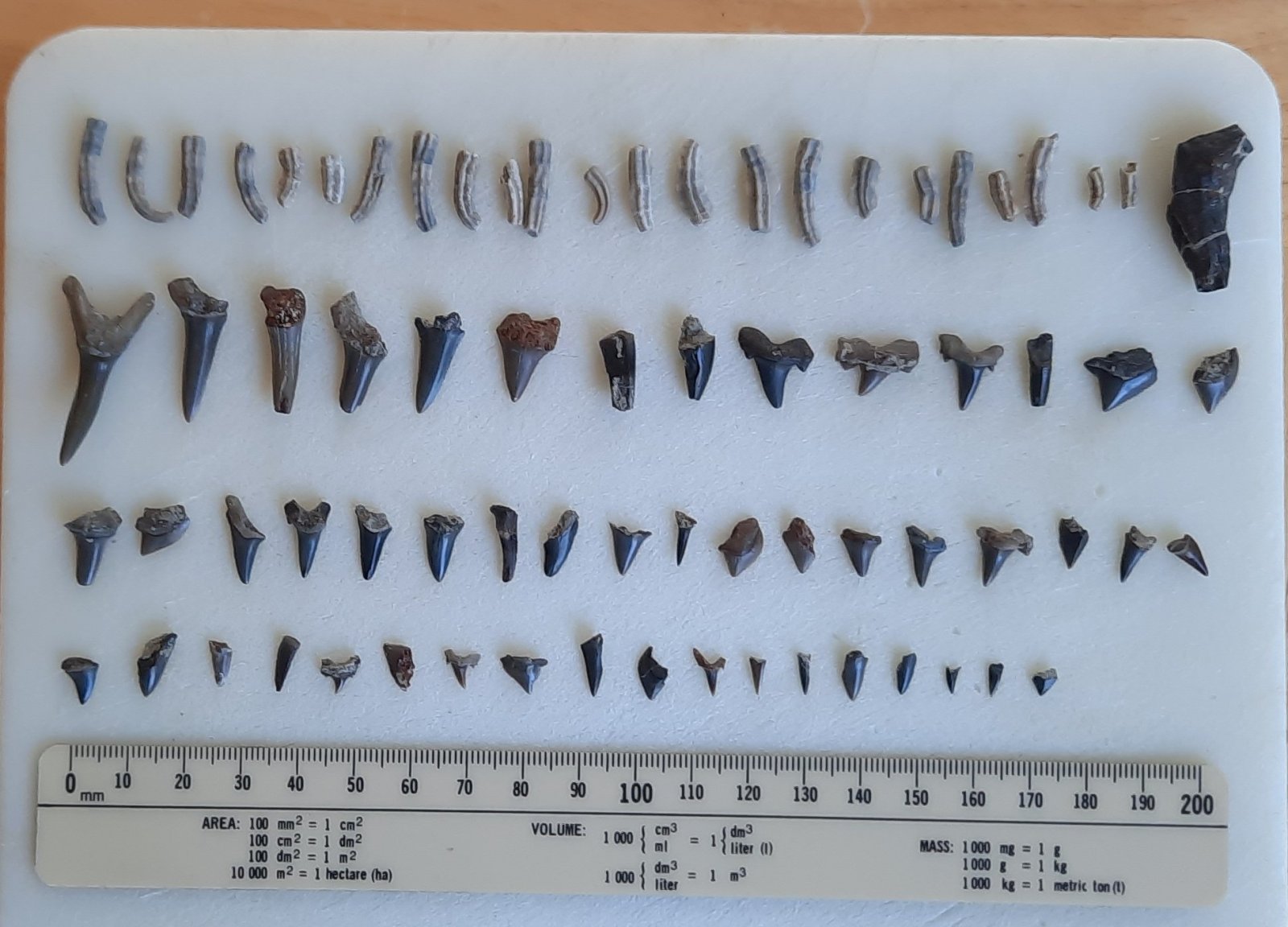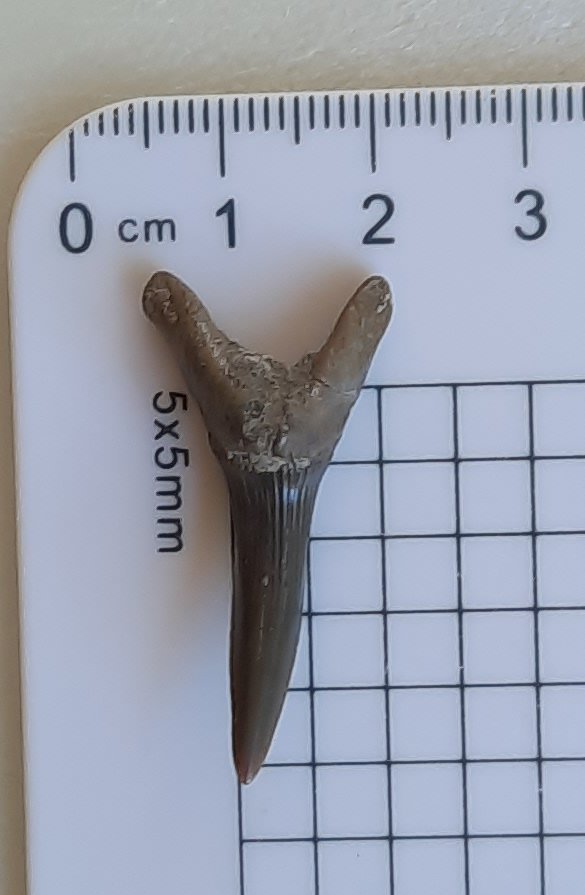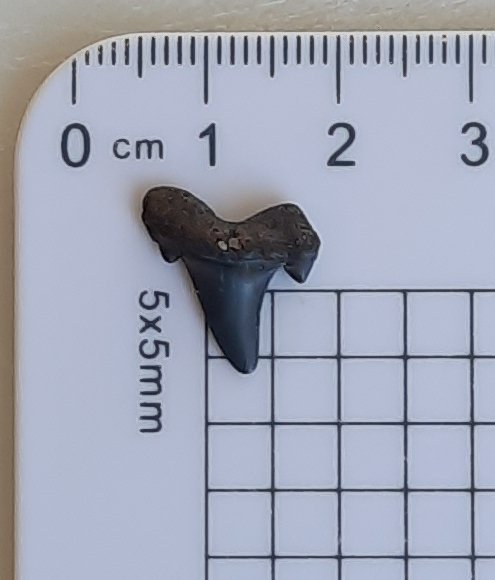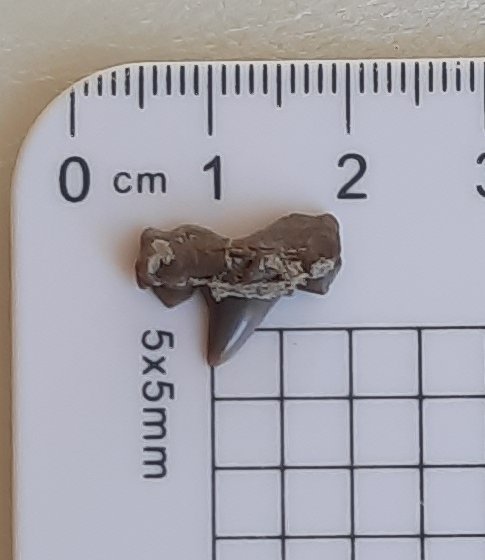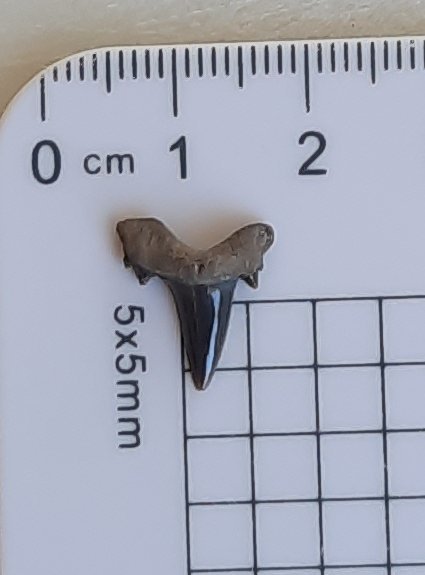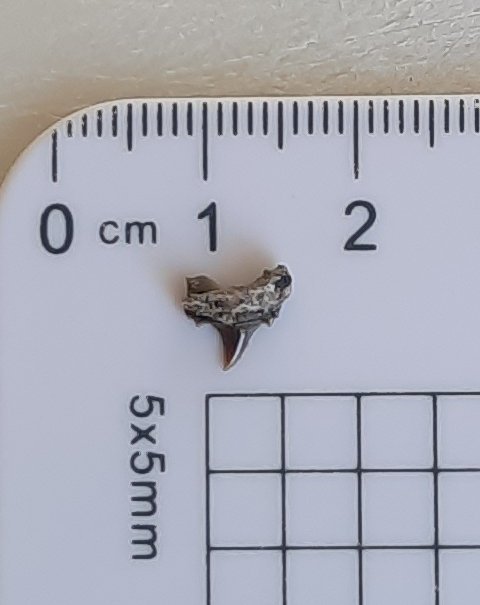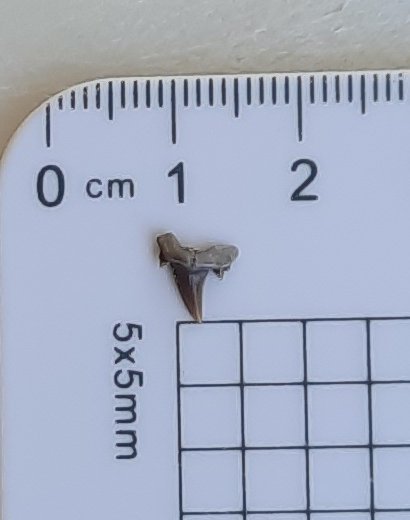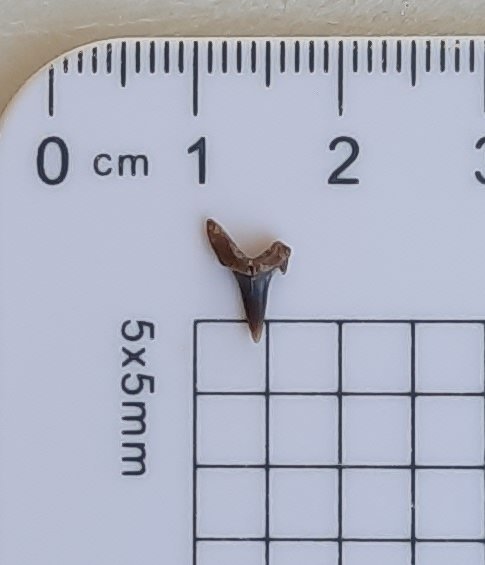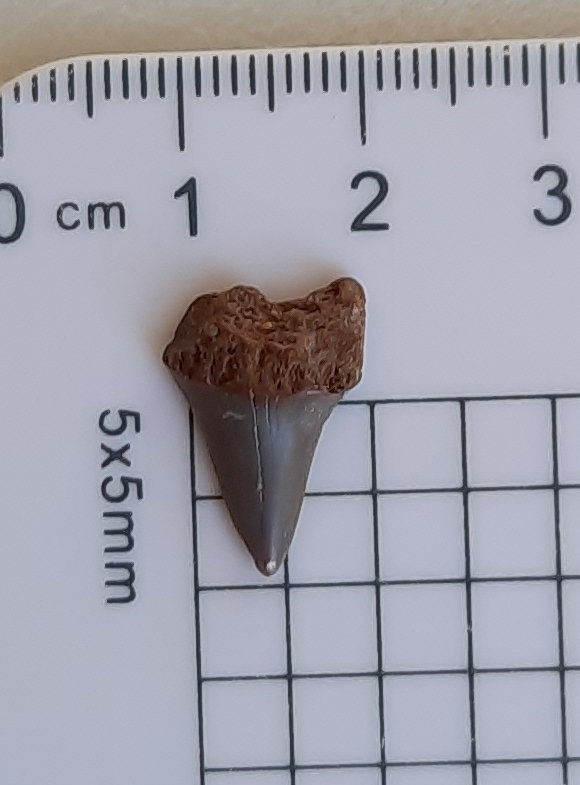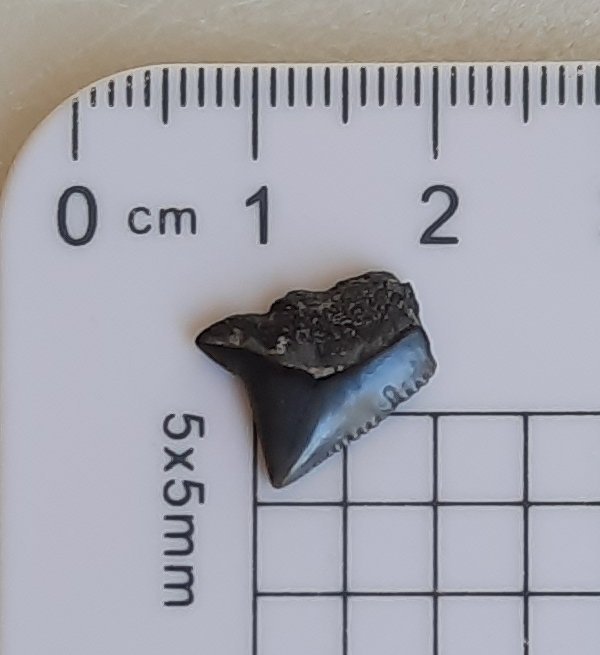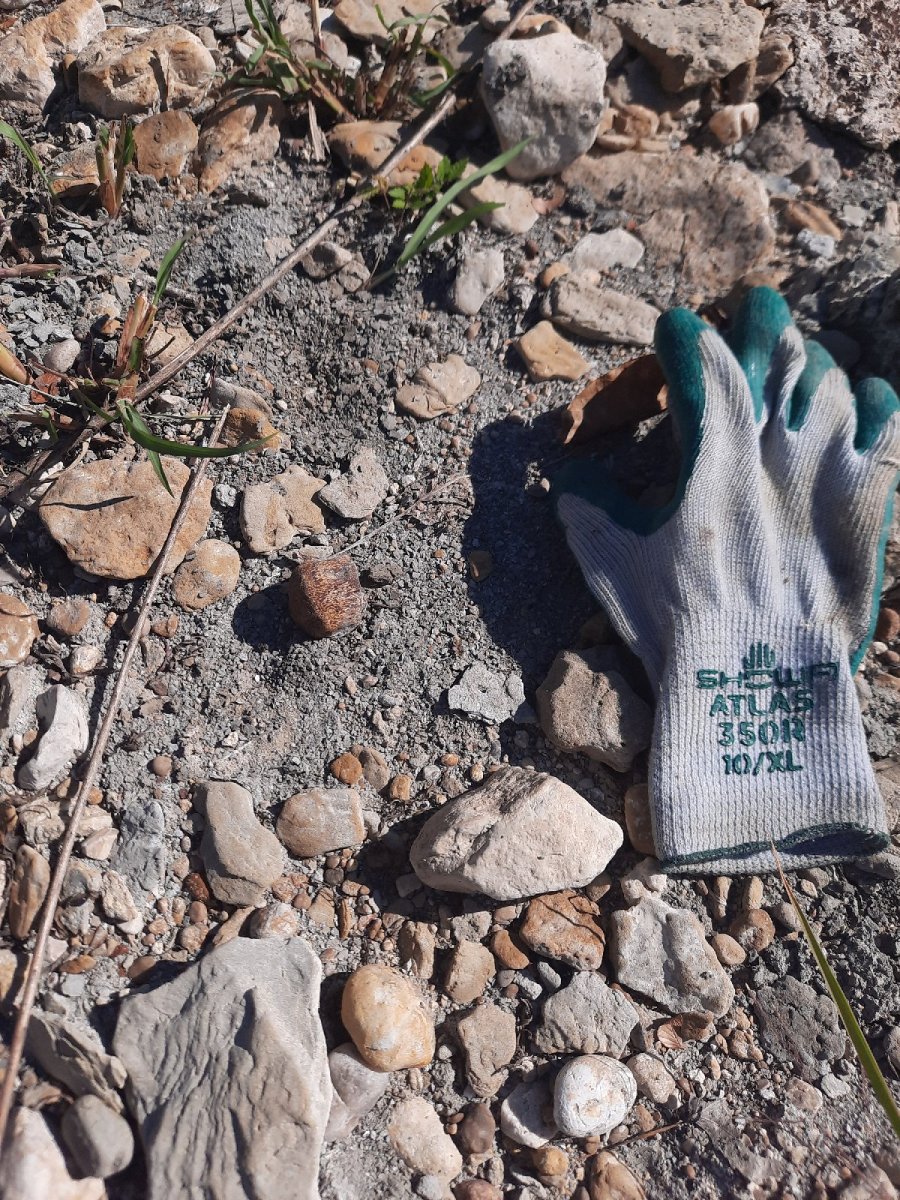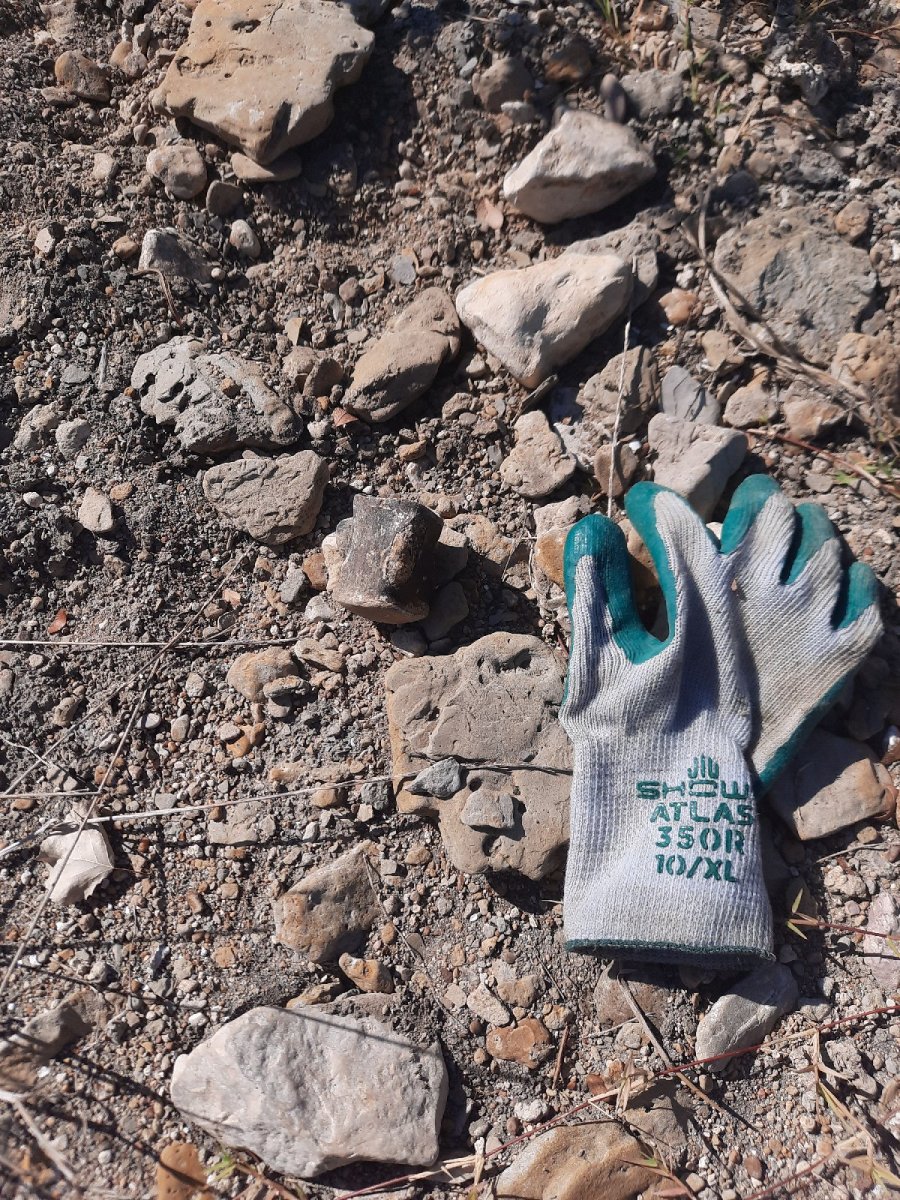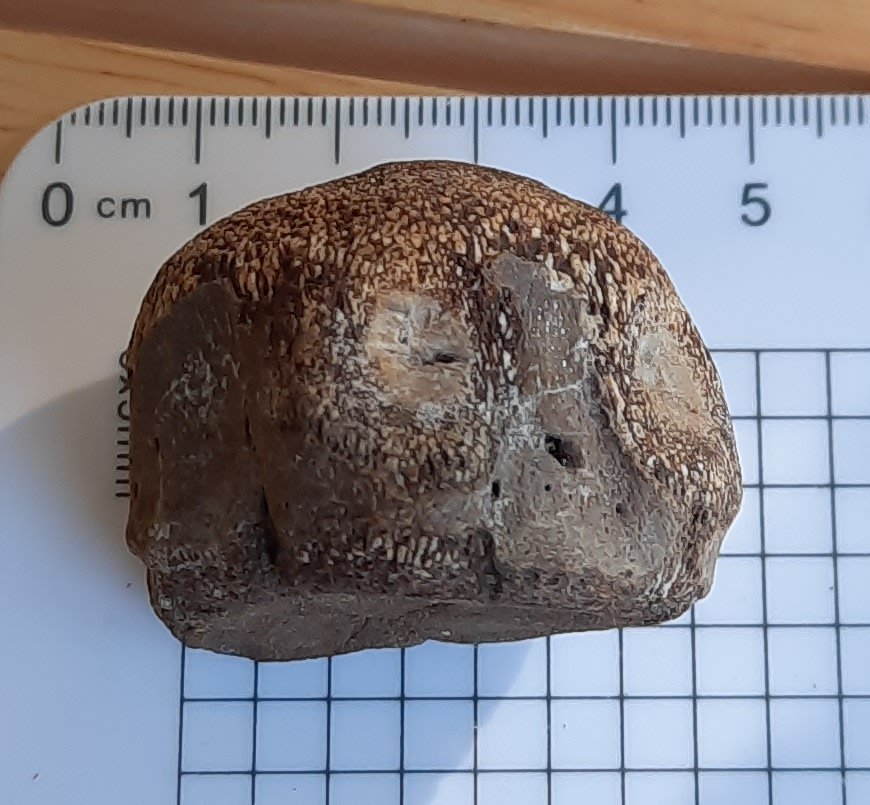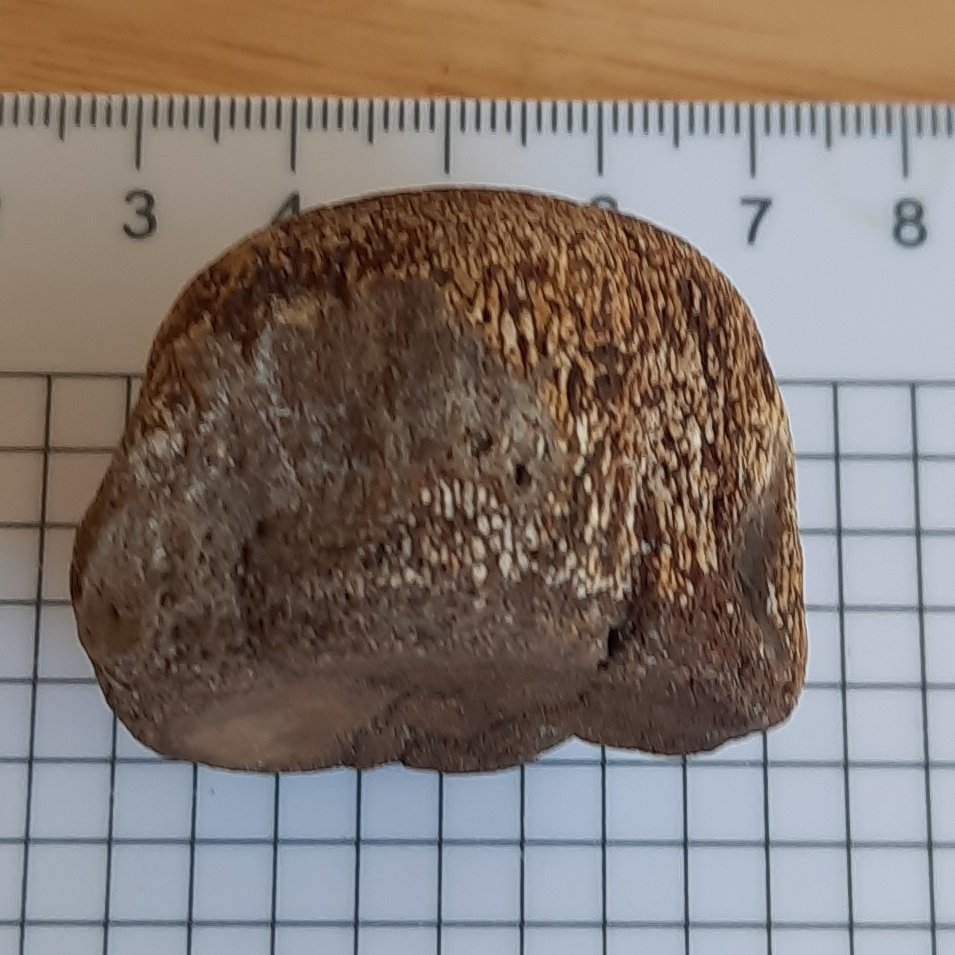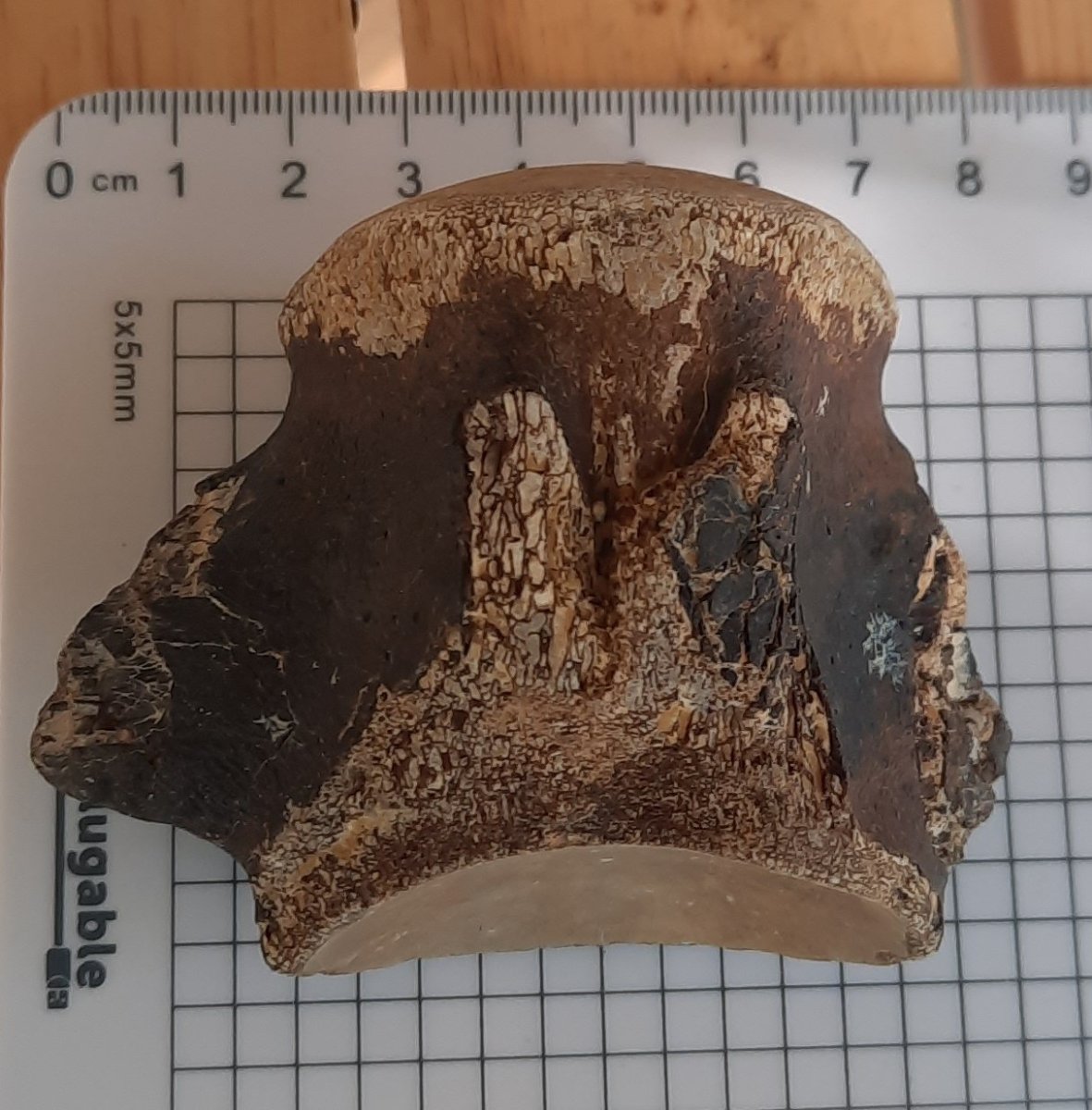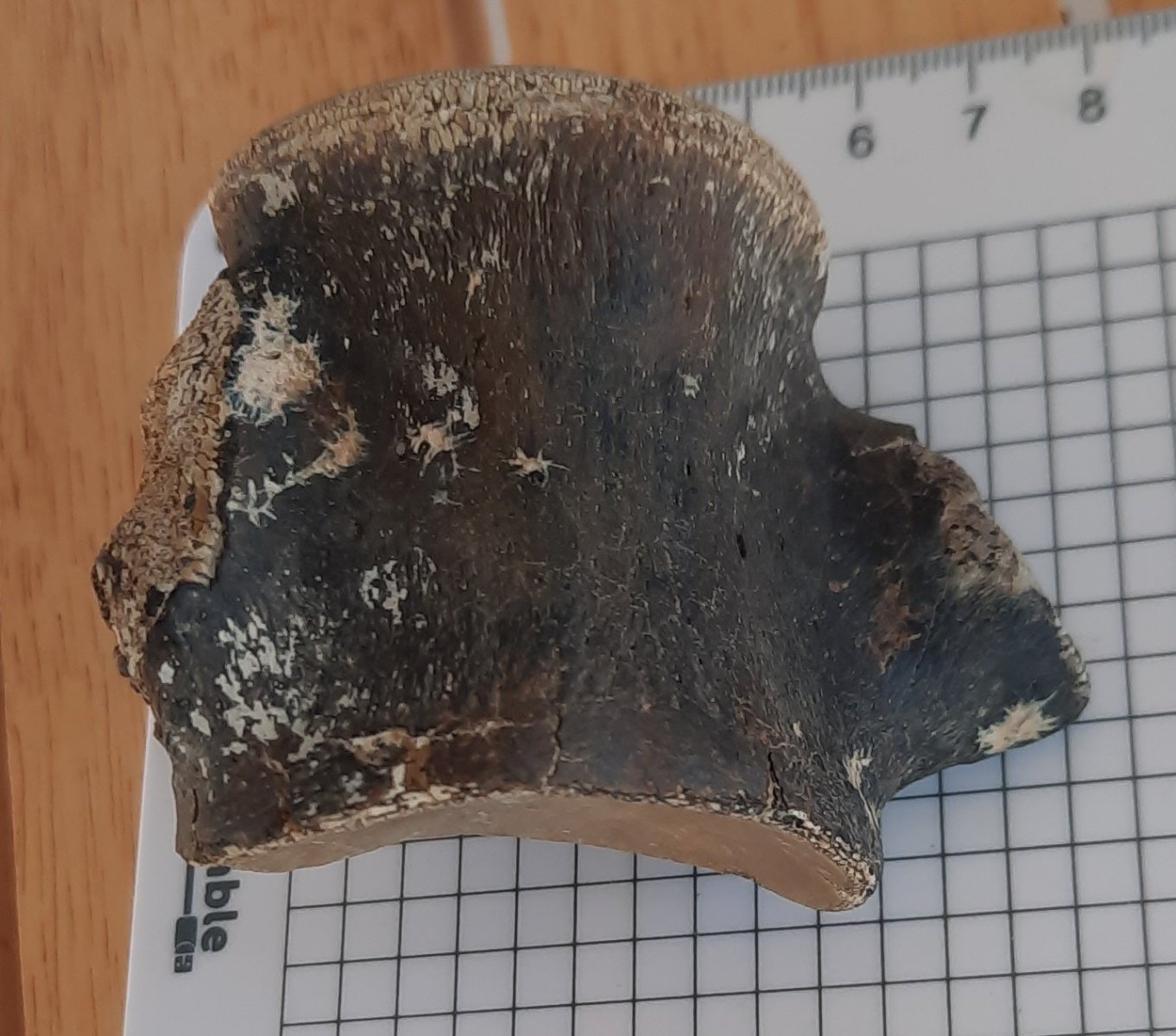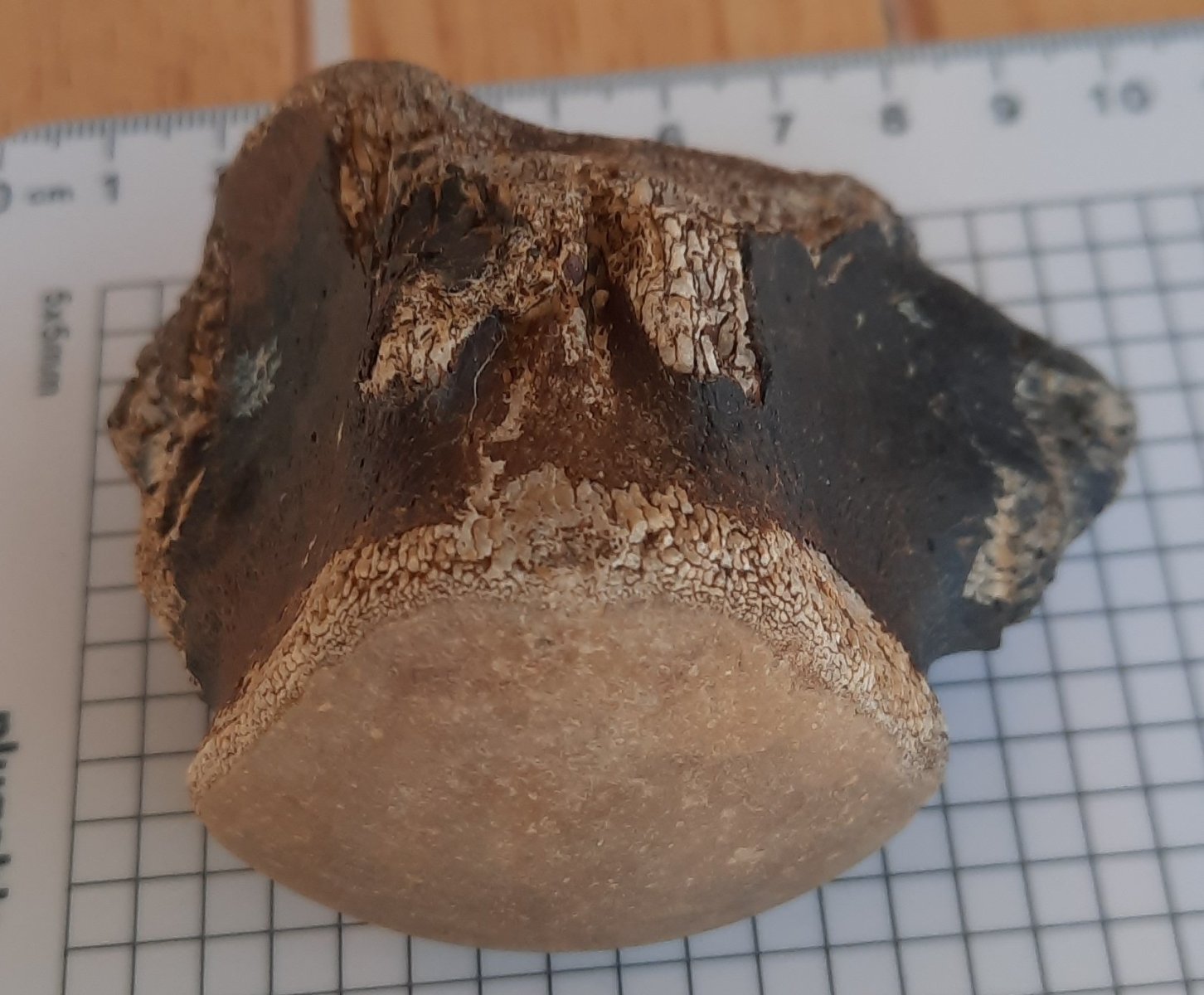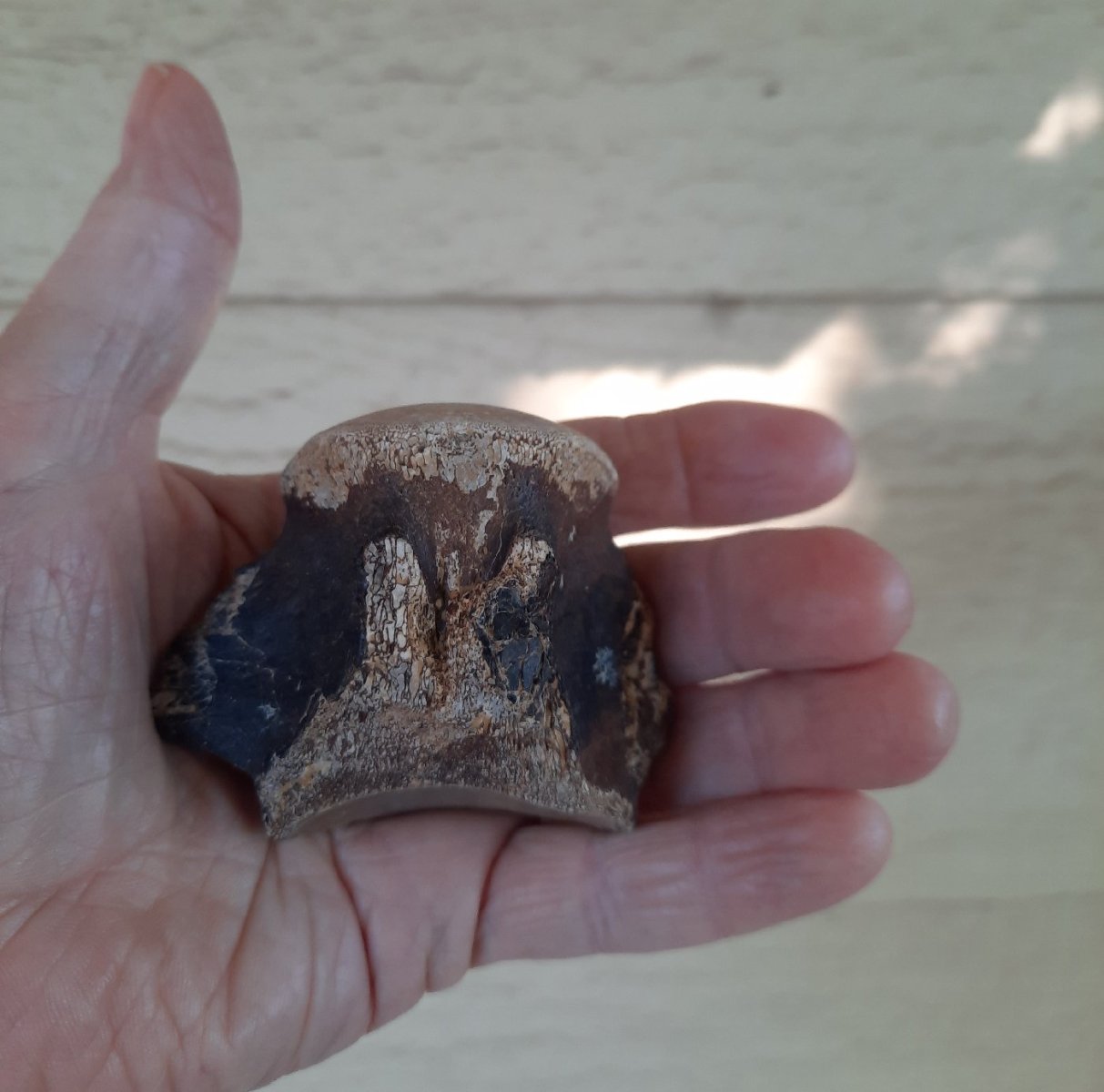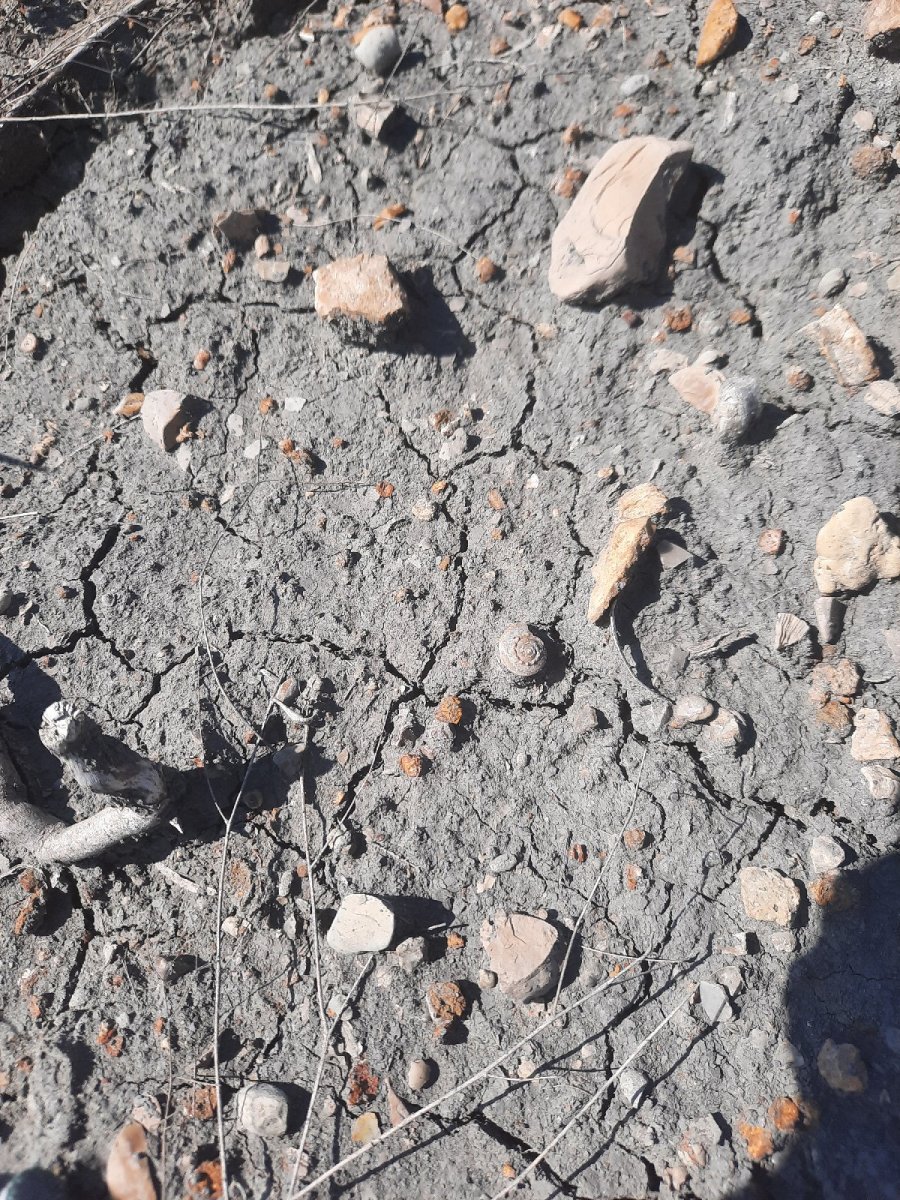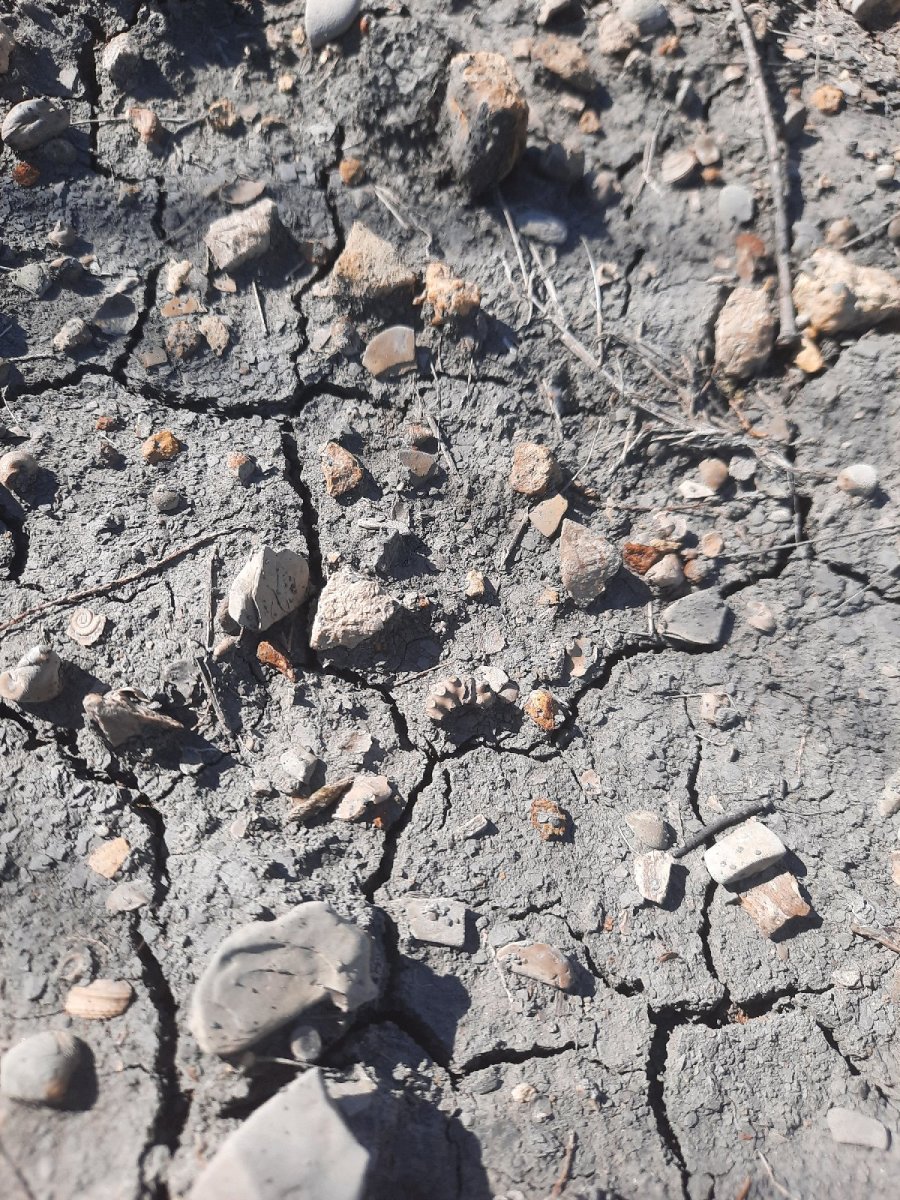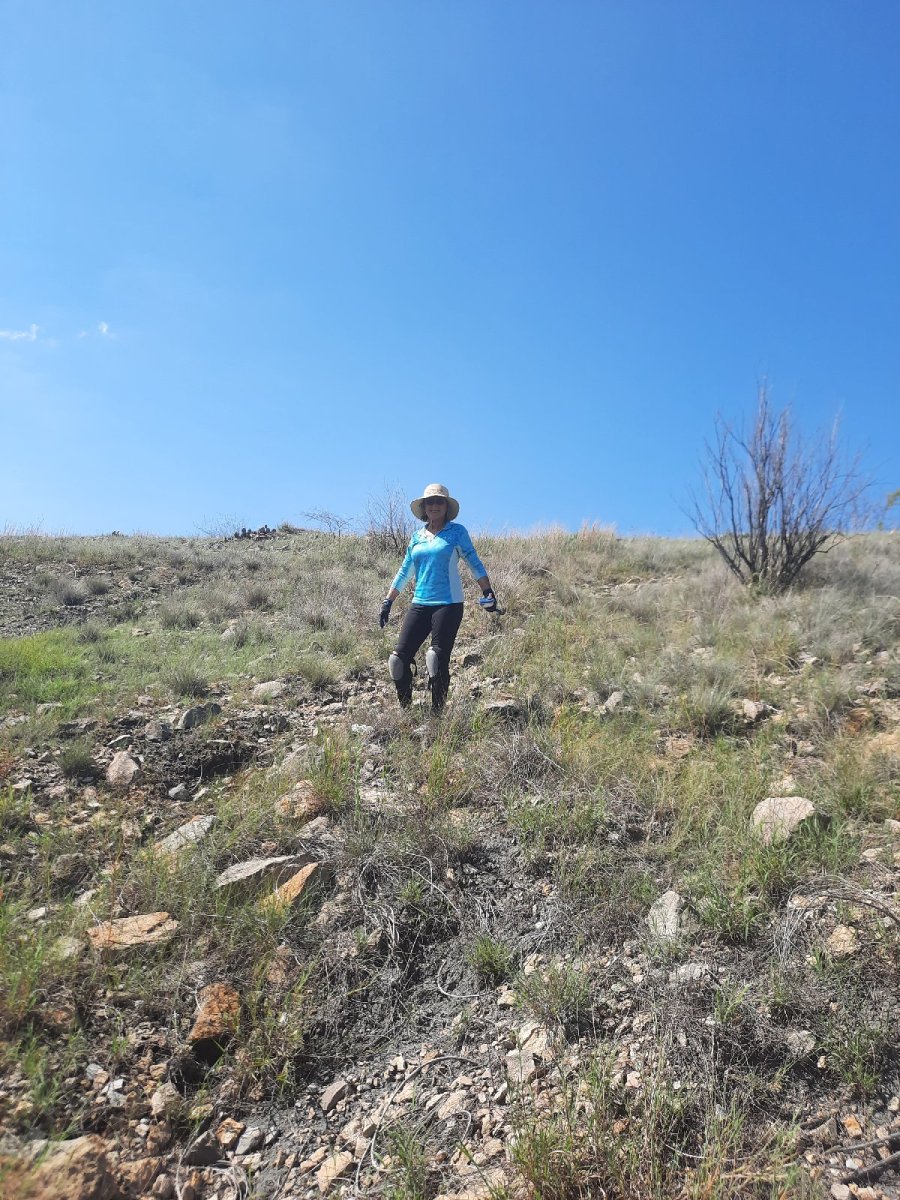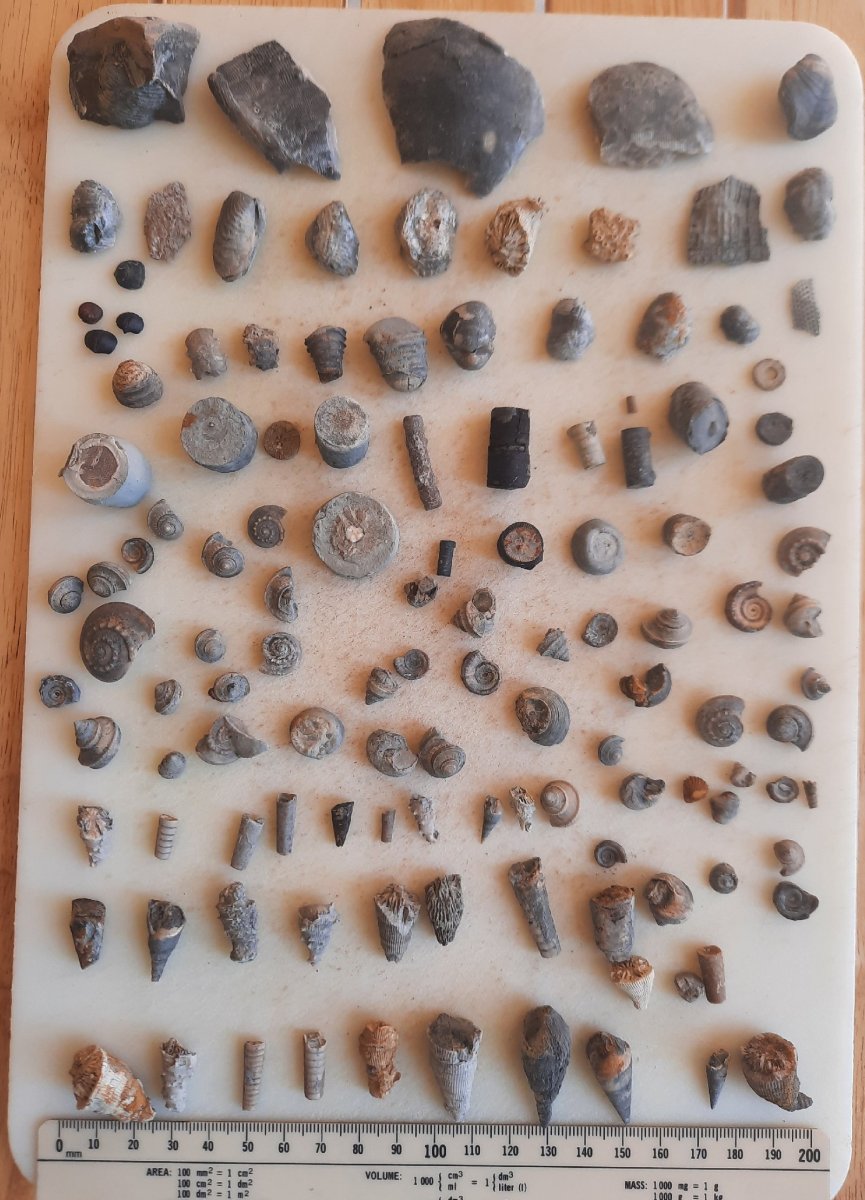I had my left knee scoped on May 2nd, to repair multible meniscus tears. Exactly three weeks later, Tuesday of last week, I had regained enough range of motion in the knee that I returned to riding. I just did a 10 mile ride on the trainer that day, a 20 mile ride two days later, and a 30 mile ride the day after that. I’ve been riding an extremely flat virtual ride on the trainer, and thought that route would be easier on my knee than actual road riding, plus when doing a virtual route on the trainer, I have the ability to stop at any time, if I need to.
Those rides went well, so this Tuesday, I was back on the road, doing a 30 mile ride there. I did another 30 miles today, and plan on another 30 tomorrow. I hope to eventually tackle some longer and more hilly routes, but for now, I’ll just stick to the easy 30 mile route to Mabank that I’ve been riding for the last couple of years, while I’ve struggled with all these health issues.
Just before my surgery, I bought a new Garmin cycling GPS unit. Up until then, I had been still using an old Garmin Edge 705. The heartrate sensor strap quit working, and when I got online to buy another, I found out that Garmin had stopped making it. I’d already been thinking bout upgrading to a new GPS, so this seemed like the time. Before the Edge 705, I was using an Edge 305 that I bought in 2007. And the data from all my rides since 2009 is on the Garmin Connect website. And, since I’ve started doing Rouvy virtual rides on my trainer, data is shared between the Rouvy and Garmin Connect websites, so the data from both my virtual and road rides is on both websites. So even though Garmin cycling GPS units are pricier than I really need with the simple close to home solo riding I do these days, I really wanted another Garmin, and not another brand.
I knew that I really didn’t want or need the mapping or many of the other bells and whistles the new units have. But, in the 16 years I’ve been riding since I bought that Edge 305, I’ve really become used to having my heartrate and pedaling cadence on the display in front of me while I ride. So even though I was willing to settle for a simpler unit now, I still wanted one with the capability to display those. I ended up buying the least expensive new cycling GPS that Garmin makes, an Edge 130 Plus. I found it on sale on Amazon for $199, and that included the new style heart rate sensor. It works with the cadence sensor I already had installed on my bike, so I didn’t need to buy anything else.
It’s tiny, but has the brightest, clearest display I’ve ever seen on a cycling GPS. Here it is next to my old Cateye cycling computer.

The sun was behind me in that photo, so it does a good job of showing how good that display is, even in bright sunlight. Even though it’s much smaller than my old Edge 705, the display isn’t that much smaller.

And once again, compare that display to the old one. Of course, there are other differences from my old unit, too. With it, I used a USB cable connected to my PC and the Windows Garmin Express app to upload my ride date to the Garmin Connect site. Now, all I have to do is have the android Connect app running on my phone, and when I click the button on the 130 Plus to save the ride, the phone automatically uploads it to the Garmin connect site. Such a powerful GPS in such a tiny package, I really like it.
Off the bike for most of May because of my surgery, I only ended up with 120 miles ridden for the month. Here’s the data from Tuesday’s ride.



